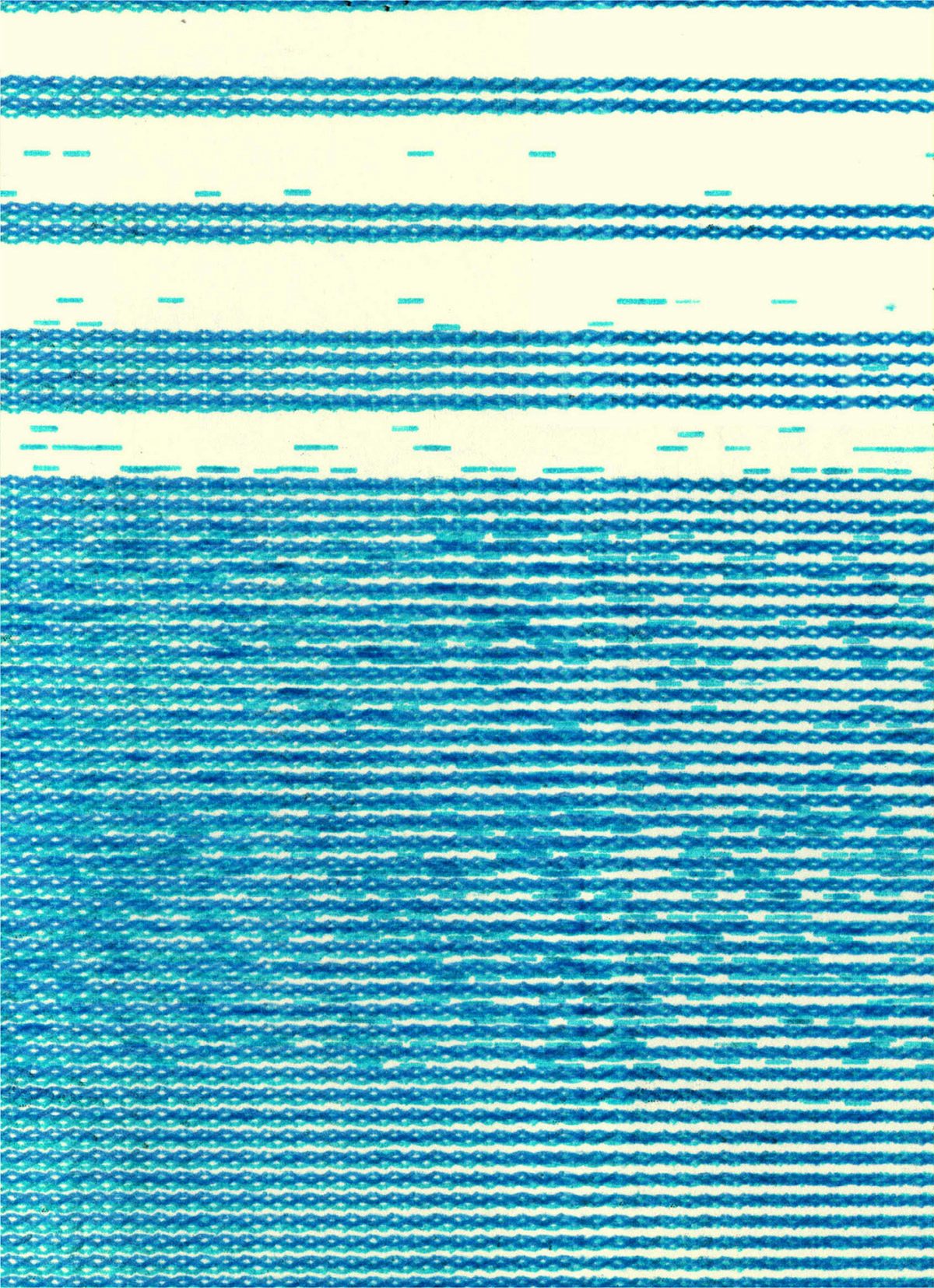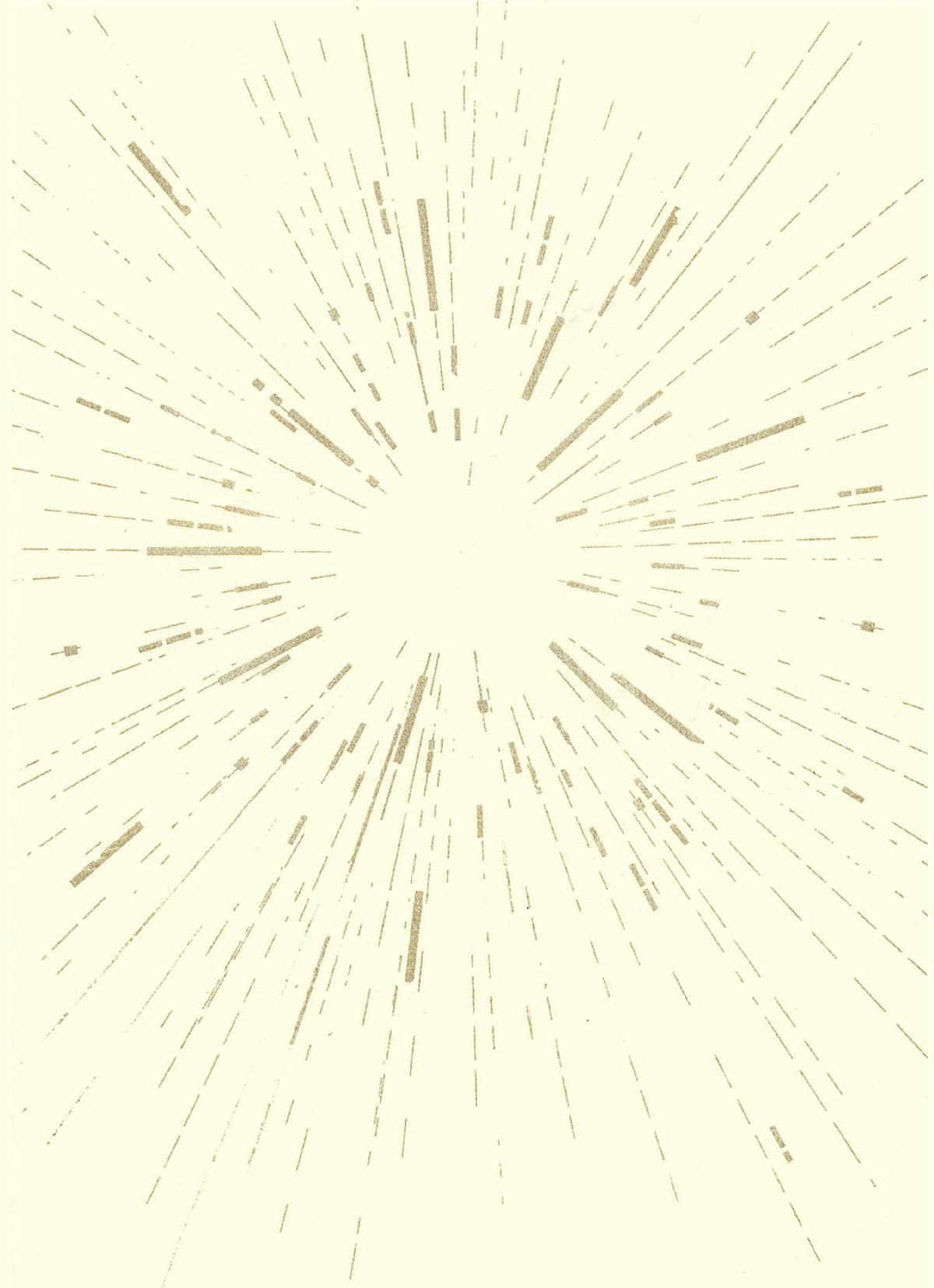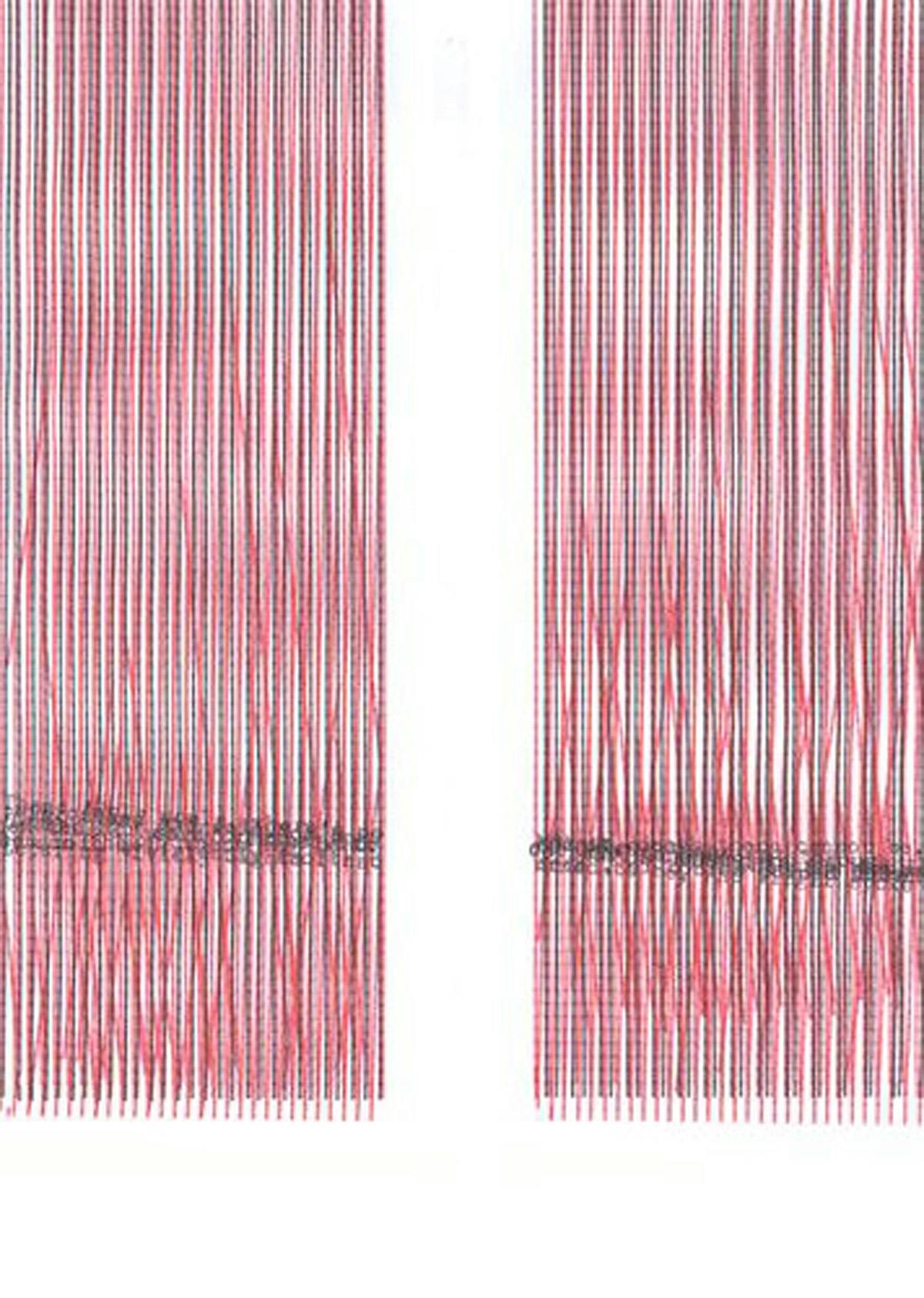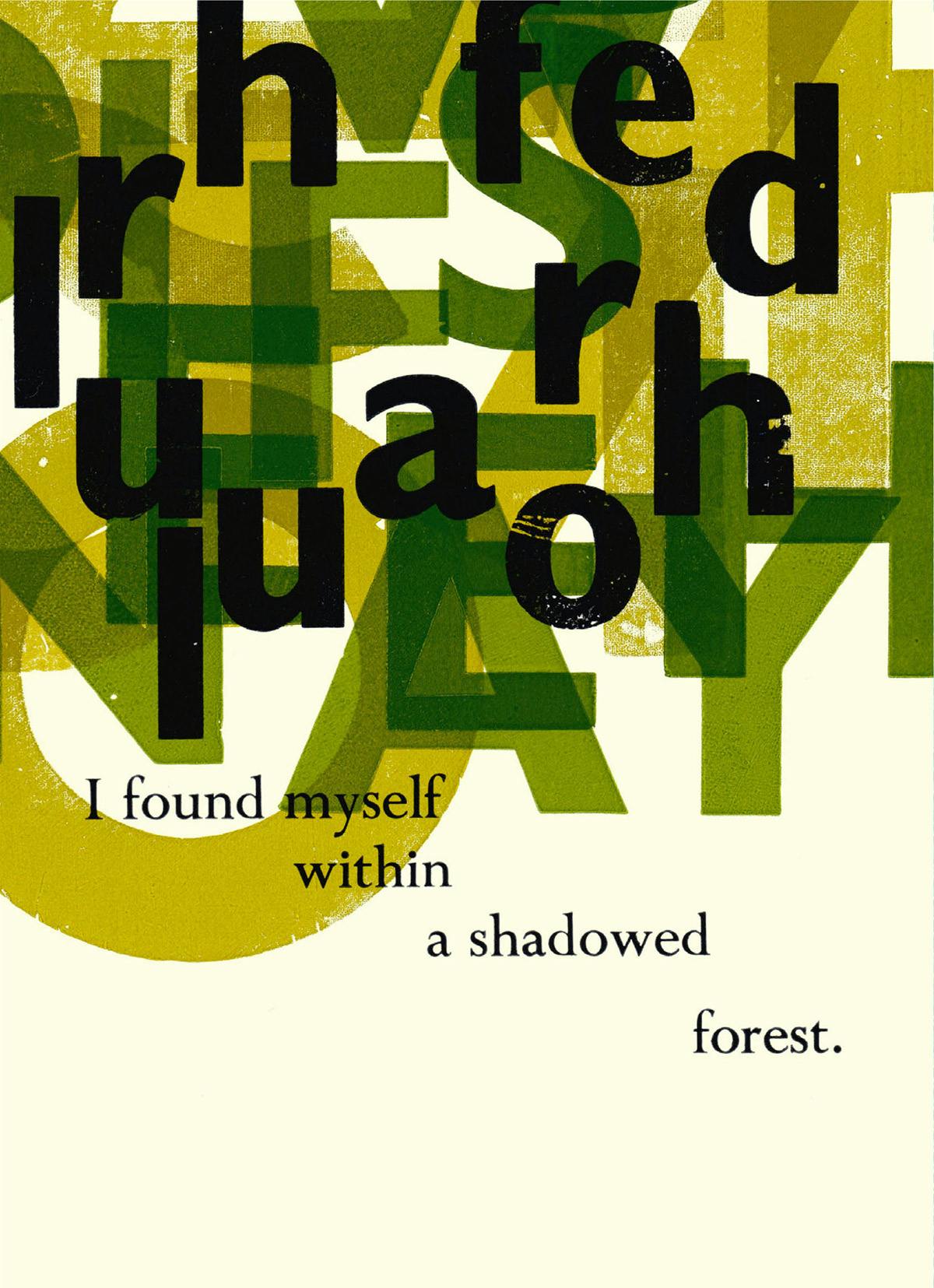Barrie Tullett’s type-based project has been 30 years in the making
The graphic designer has created a series of type-based illustrations inspired by the work of 14th-century poet Dante that have all been created using ‘obsolete’ technologies
“I think there’s always a delight to be had with all print processes, the alchemy of ink – whether that’s a woodcut or a Risograph, a screenprint or an etching,” says graphic designer Barrie Tullett. The designer speaks from experience and currently has a solo exhibition on at the National Centre for Craft & Design in Sleaford, Lincolnshire that celebrates all things print and ink, inspired by the work of a 14th century poet. Called The Typographic Dante, the exhibition showcases 100 typographic illustrations by Tullett, which respond to the Italian poet Dante’s epic work, The Divine Comedy, and it’s a project that’s been in the making for years.
It originally started back when Tullett was at Chelsea School of Art on the cusp of the 90s. Having based himself in traditional illustration, in his third year Tullett found himself a little lost. “I spent a lot of time in the composing room – effectively working as a printmaker who happened to use letterpress rather than screenprinting, etching or linocuts as their preferred medium,” he explains. “At the end of the autumn term in my third year I had to change the direction of my final project and decided on a book I’d been interested in for years – Dante’s Inferno – illustrating it with letterpress.” That night, Tullett went home and started working with stencil sets to lay out that first canto, with the line “I found myself within a shadowed forest”, and the designer says he’s been there ever since.

For those unfamiliar with Dante’s work, The Divine Comedy is a 384-page poem written between 1308-1320 and describes Dante’s journey through Inferno (or Hell), Purgatory and Paradise. Tullett’s illustrations are split into these three parts, with Inferno containing 34 illustrations that have been created with Letterpress; Purgatory with 33 illustrations that use typewriters as the method; and for Paradise, 33 illustrations have been created with Letraset.
“Each of the three methods of image-making uses what is generally considered to be an ‘obsolete’ technology,” says Tullett. “The ambition for the project is that when I’ve completed the last 15 illustrations, they’ll be published as complete books with the full translation of Dante’s original poetry.”

Tullett’s knowledge of the processes he uses is clear when looking at his work, and the atmosphere and emotion he’s able to impart into these abstract, type-based works through colour and composition is only possible when you really understand the technique. “I’m lucky that I’m old enough to have worked in environments that meant I was using letterpress, typewriters and Letraset when they were all still ‘live’ processes (just about in the case of letterpress),” says the designer. While Tullett acknowledges these processes have an air of nostalgia that people are drawn to, for him it’s more about the way “they can be subverted or re-invented to make something they weren’t designed for”.
As well as working as a graphic designer and with the collective The Caseroom Press, Tullett also imparts his wisdom as Programme Leader for Graphic Design at the University of Lincoln. “I’m part of a team that works to deliver a Graphic Design course that places an emphasis on thinking through making and typographic detailing, and of course, it’s a given that the students will need to know relevant software, but really, the students are free to take their work in whatever direction they want to by the time they get to their final year,” he explains. While his students are set industry-led briefs, it’s important to Tullett that there’s a sense of freedom in their third year to explore their own path so “they can really take an idea for a walk”.

From looking at Tullett’s series of typographic illustrations, aside from the pleasing aesthetics, there’s an emphasis on process and a desire for preservation. “Despite how much more accessible digital technologies have made the design process, and how open-ended the possibilities for experimentation are, we’ve still lost an awful lot of skills and knowledge along the way,” he explains. “The digital environment is fantastically exciting, but it doesn’t always make for better designs, or designers, and it’s not necessarily easier either.”
For Tullett, exposure to both the old and the new – such as access to a letterpress composing room to see why Illustrator and InDesign works how it does – is the only way to ensure creative and innovative work from future generations. “We should keep a link to the past, otherwise we can’t understand our future,” he says.
Barrie Tullett: The Typographic Dante is on now at the National Centre for Craft and Design (NCCD) until 13 October; nccd.org.uk






















